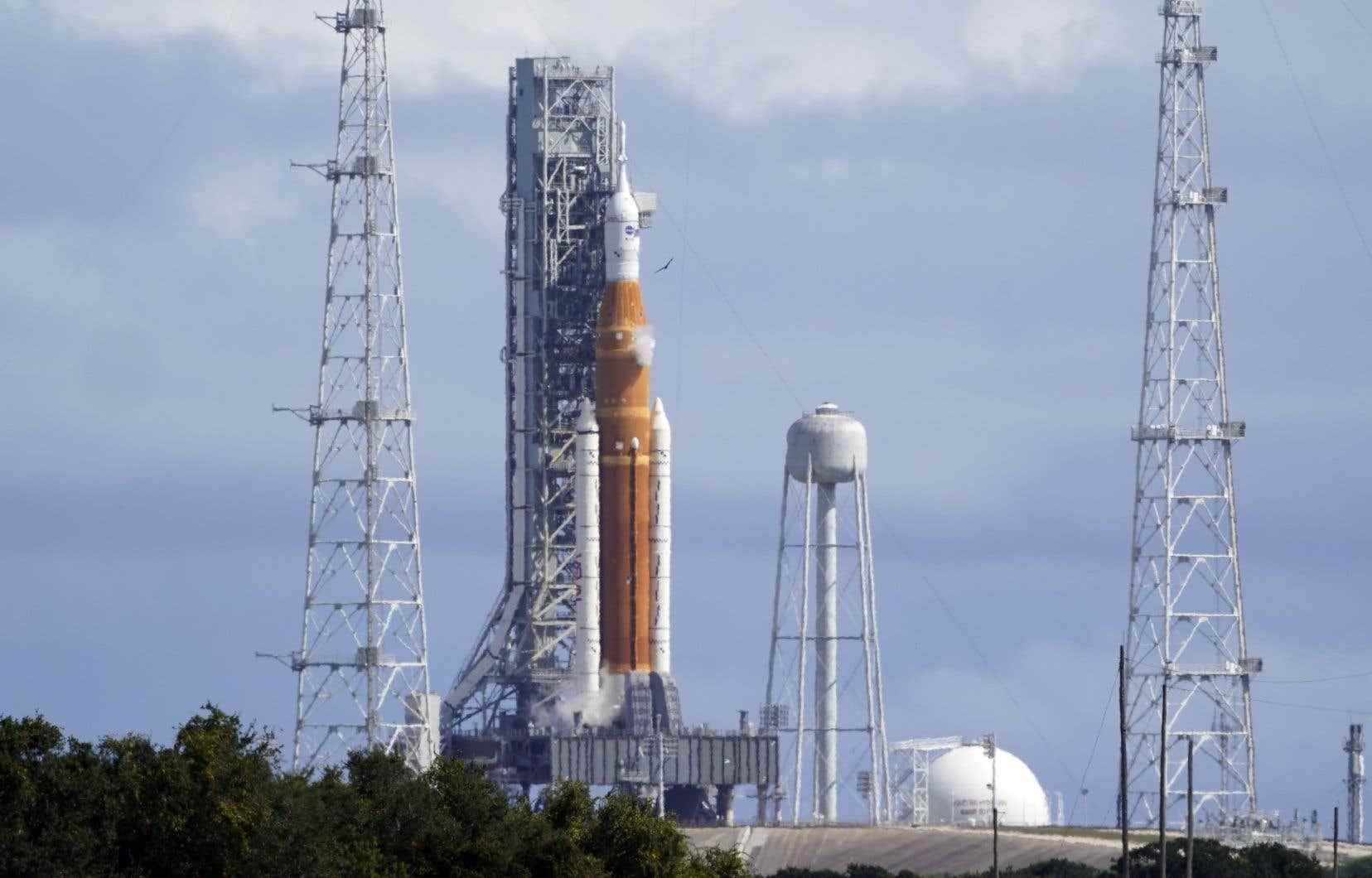The US space agency’s new moon rocket suffered another fuel leak on Wednesday as engineers conducted tests for another launch attempt that could come as soon as next week.
Testing was just beginning when a dangerous hydrogen leak occurred at the same location and time as before, despite the installation of new seals and other repairs. Engineers slowed the flow of fuel and warmed up the lines in hopes of fixing the problem, but were unsuccessful.
Wednesday’s results will determine whether the 98-meter rocket is ready for its first test flight, a mission to orbit the moon with mannequins on board instead of astronauts.
Hydrogen leaks aborted the first two launch attempts. Earlier this month, the hydrogen leak was more than twice what NASA is willing to tolerate. Wednesday’s leak approached the limit, but the team managed to partially contain the problem and the test was able to continue.
NASA had replaced two seals in the wake of previous tests. One of them had a microscopic imperfection.
“It may not seem like much, but it’s about hydrogen”, the smallest element in the periodic table, said mission manager Mike Sarafin.
Wednesday’s tests aimed to load nearly four million liters of fuel aboard the rocket, while keeping leaks to a minimum. This would have allowed NASA to hope for a takeoff to the Moon on Tuesday.
After liftoff, the capsule that sits atop the rocket will become the first to orbit the Moon in 50 years. The US$4.1 billion mission is expected to last more than five weeks and culminate with a landing in the Pacific. Astronauts should be part of the second test flight, in 2024, and go to the Moon. The third mission would see two astronauts set foot on Earth’s satellite.
The rocket Space Launch System of NASA is more powerful than the rocket Saturn V which carried astronauts to the Moon in the late 1960s and early 1970s. Booster engines and rockets were recycled from the Space Shuttle program.
